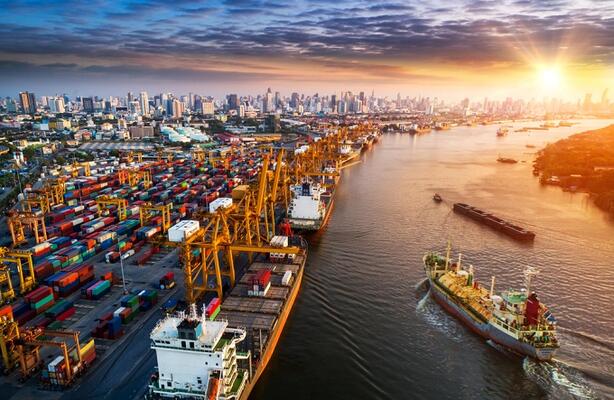
What did the world trade in 2017?
The rise of artificial intelligence, political changes and severe weather conditions all contributed to changes to trade in 2017.
To allow its clients keep abreast with the latest export and import trends, the International Trade Centre has so far made available on its TradeMap.org portal yearly trade data for 2017 covering more than 30 countries. This represents more than 40% of world trade flows providing us with some indicators of what actually happened with trade last year.
While we have yet to see a single coffee tree on the shores of Lake Geneva or elsewhere in Switzerland, the Alpine country exported roasted coffee worth an estimated $2 billion in 2017. While it did not make it into the top 5 of global coffee exporters when it comes to volume, in 2017,Switzerland also increased the volume of roasted coffee it exports by 7%, hitting 65,000 tons. Could all this be down to the Clooney’s effect?
The world’s average unit value for a ton of vanilla has been increasing at a rapid pace in the past years. This proved no different in 2017. The average unit value of vanilla exported by Madagascar, the eternal top exporter of the tasty good, increased by 67% and reached US$ 424,000 per ton, which was an all-time high.
Since 2013, the US been among the world’s top 10 exporters of broken rice and it has continued to climb the ranking. In 2017, US exports of broken rice increased by 65% in volume and 66% in value, totalling $55.6 million. One notable thing about US exports of broken rice is that the majority is going to least developed countries.
For followers of European politics and economics it will be of interest that in 2017, 48% of the UK’s went to other European Union countries. This represents a 9% year-on-year growth. Some of the products contributing to this growth were synthetic fibers, dairy products, pulp of wood, organic chemicals and… clocks. The question is if this pace of export can continue as Brexit negotiations continue.
Meanwhile, the biggest exports from Iran to the US in 2017 were carpets. In fact, the value of carpets flying from Iran to the US totalled $54 million. Nevertheless, the market for carpets in the US seems saturated according to Export Potential Map. If anything, the US is importing fewer carpets from the world and the estimated untapped export potential is equal to zero. Meanwhile, Iranian products that have yet to reach their export potential to the US include pistachios, saffron and dates.
Discover more 2017 data on www.trademap.org



